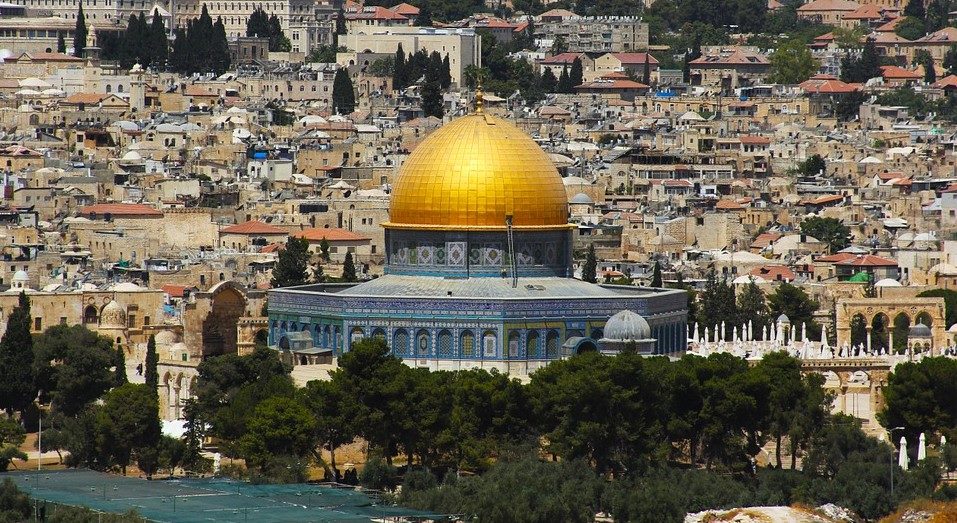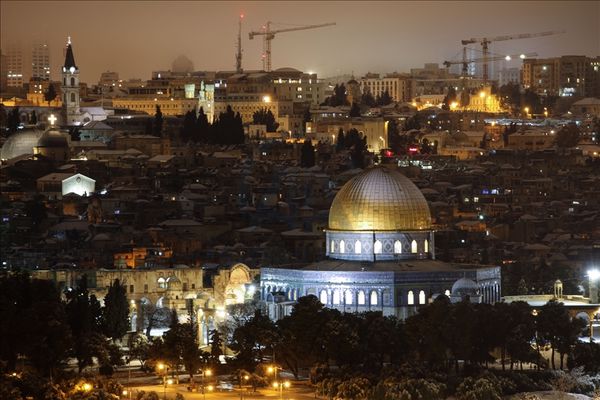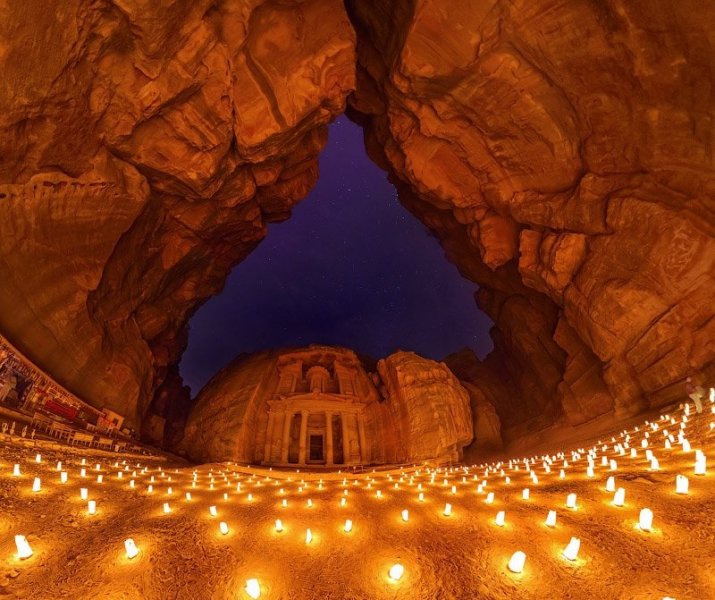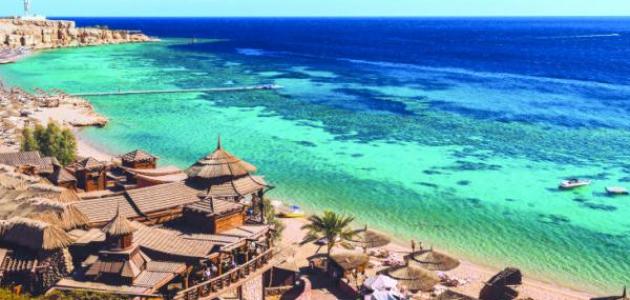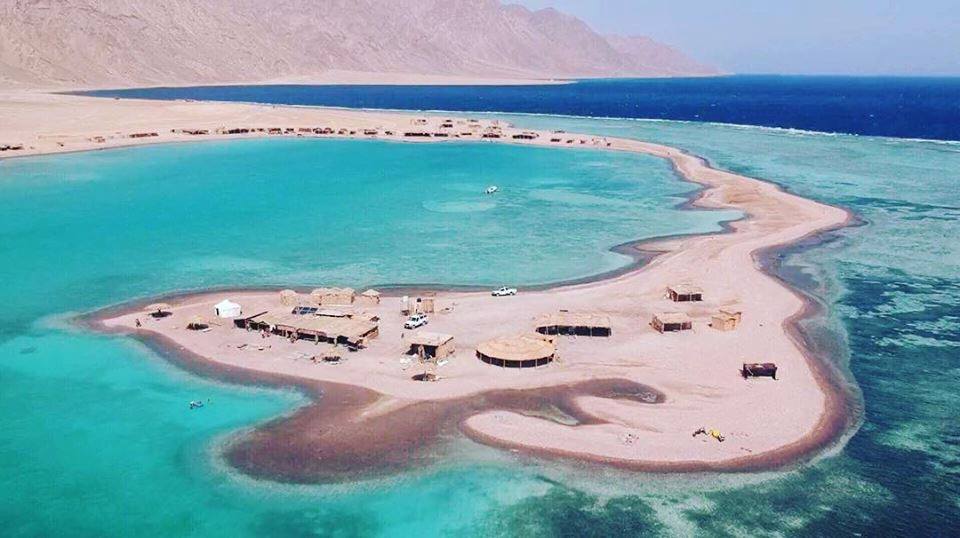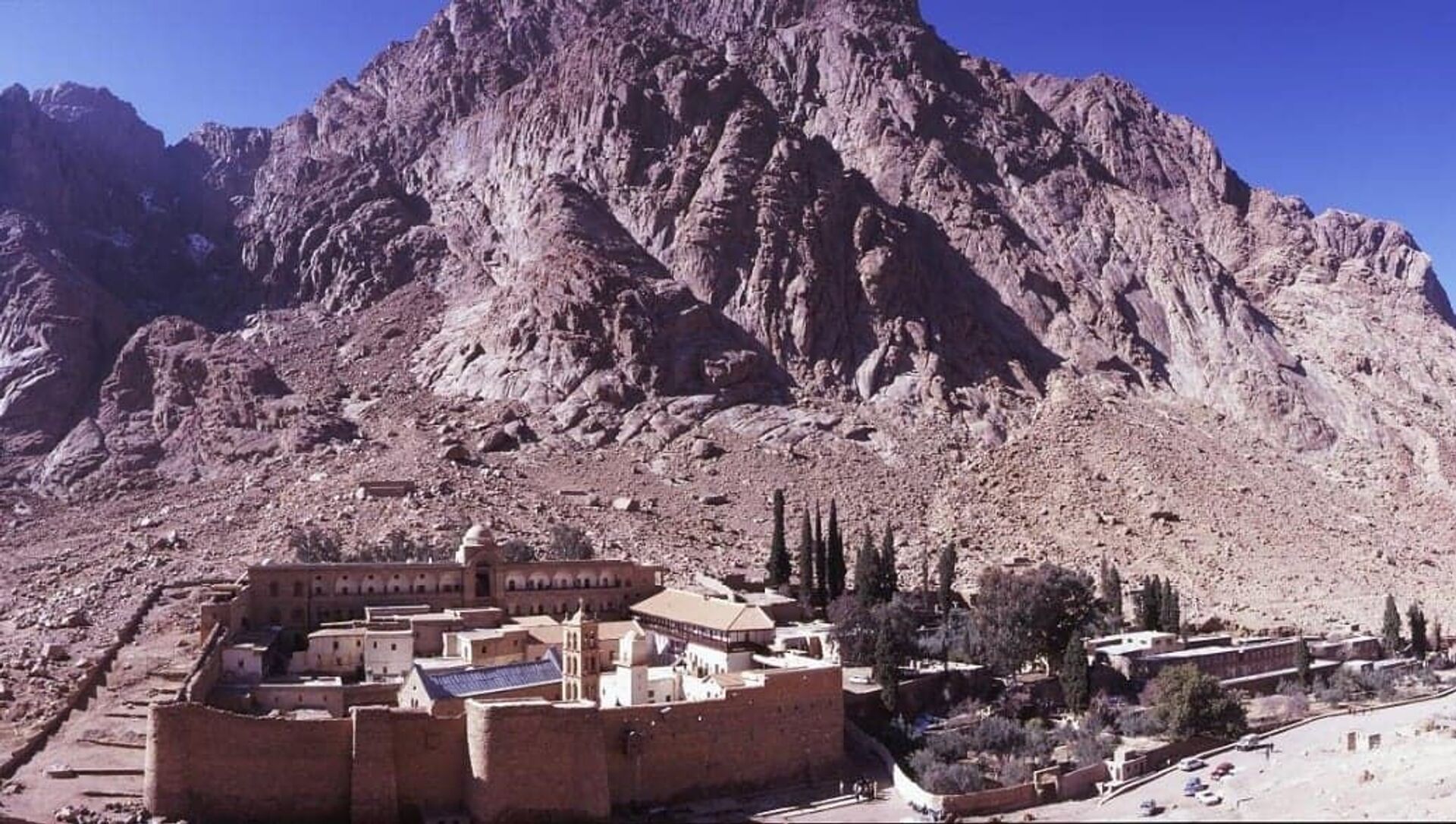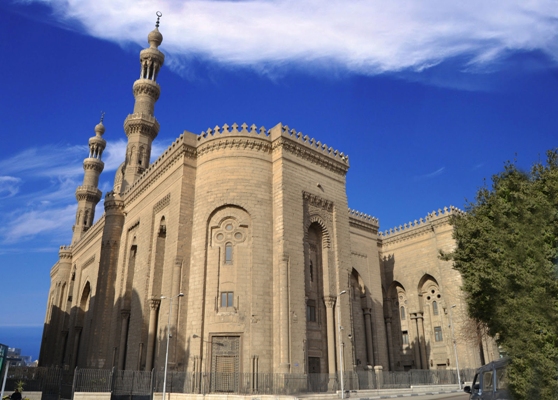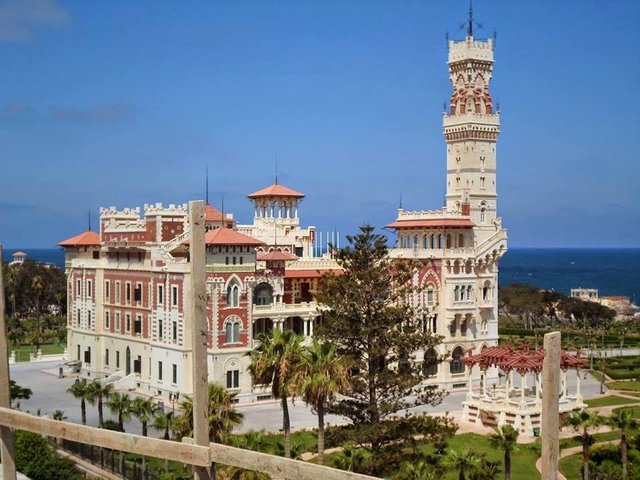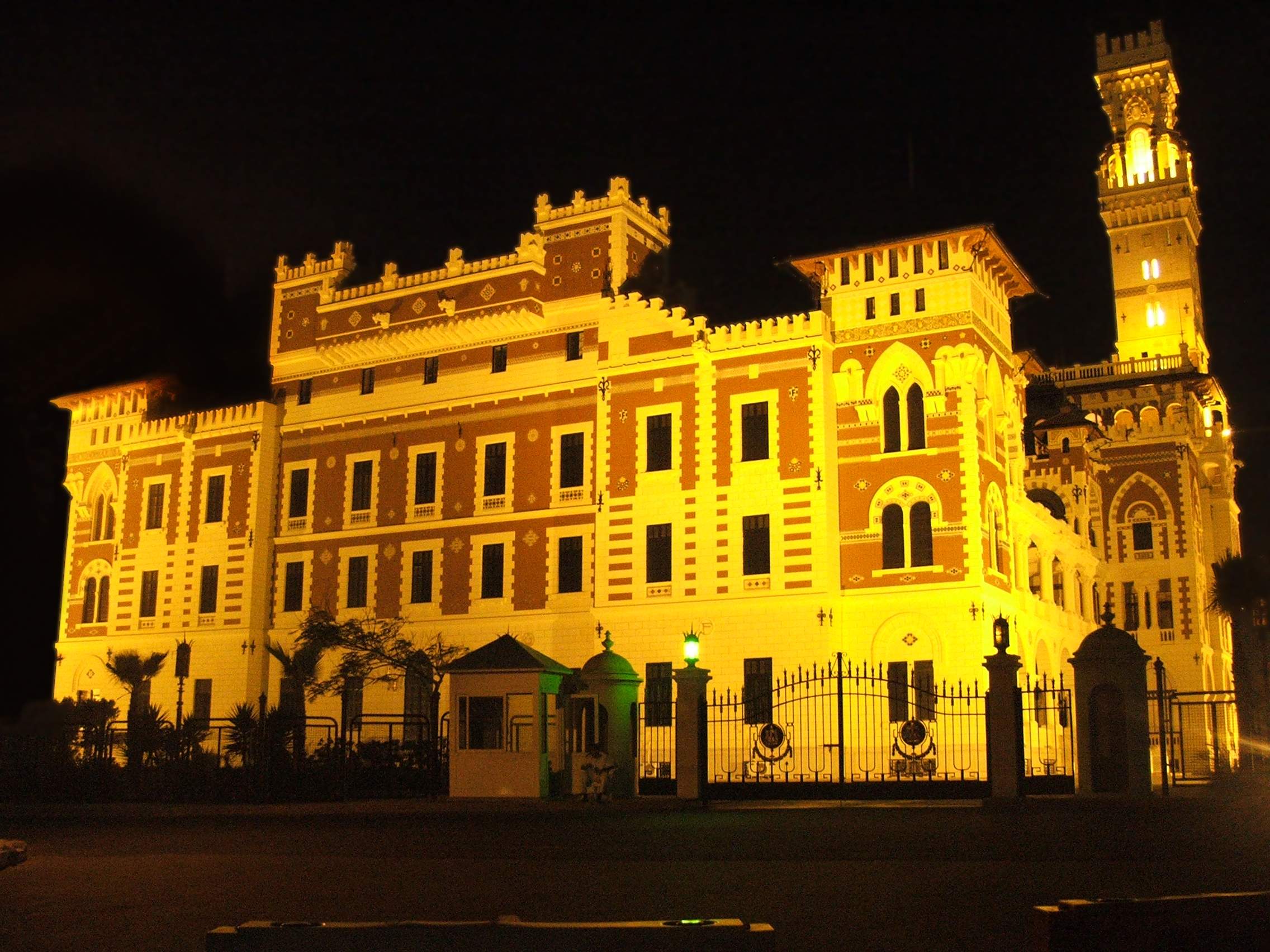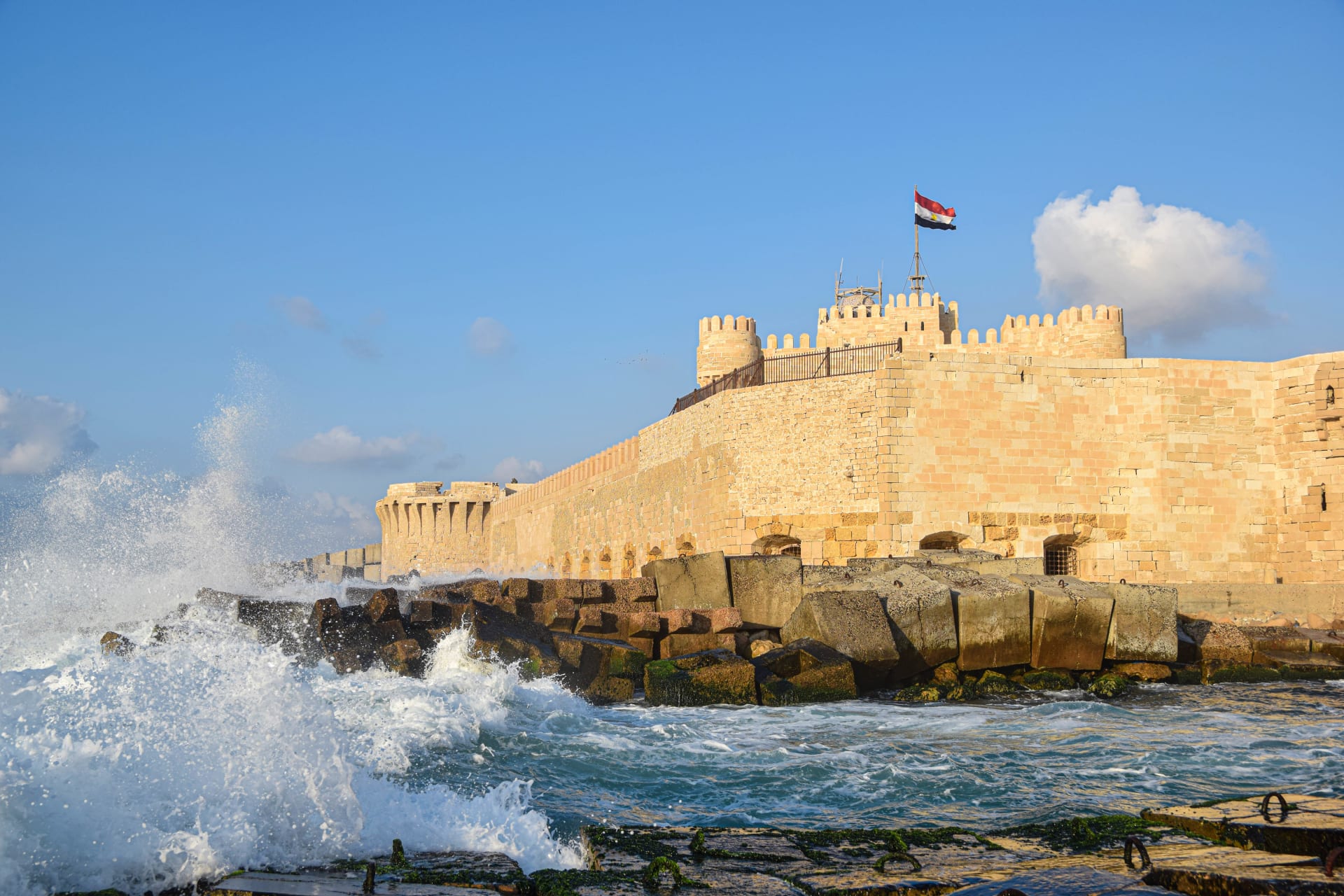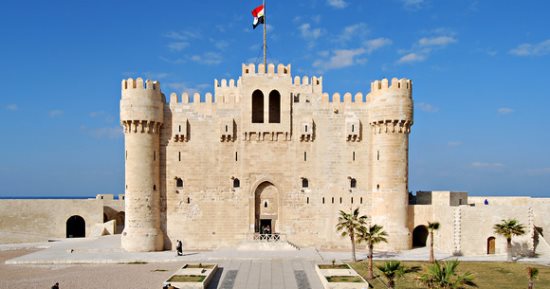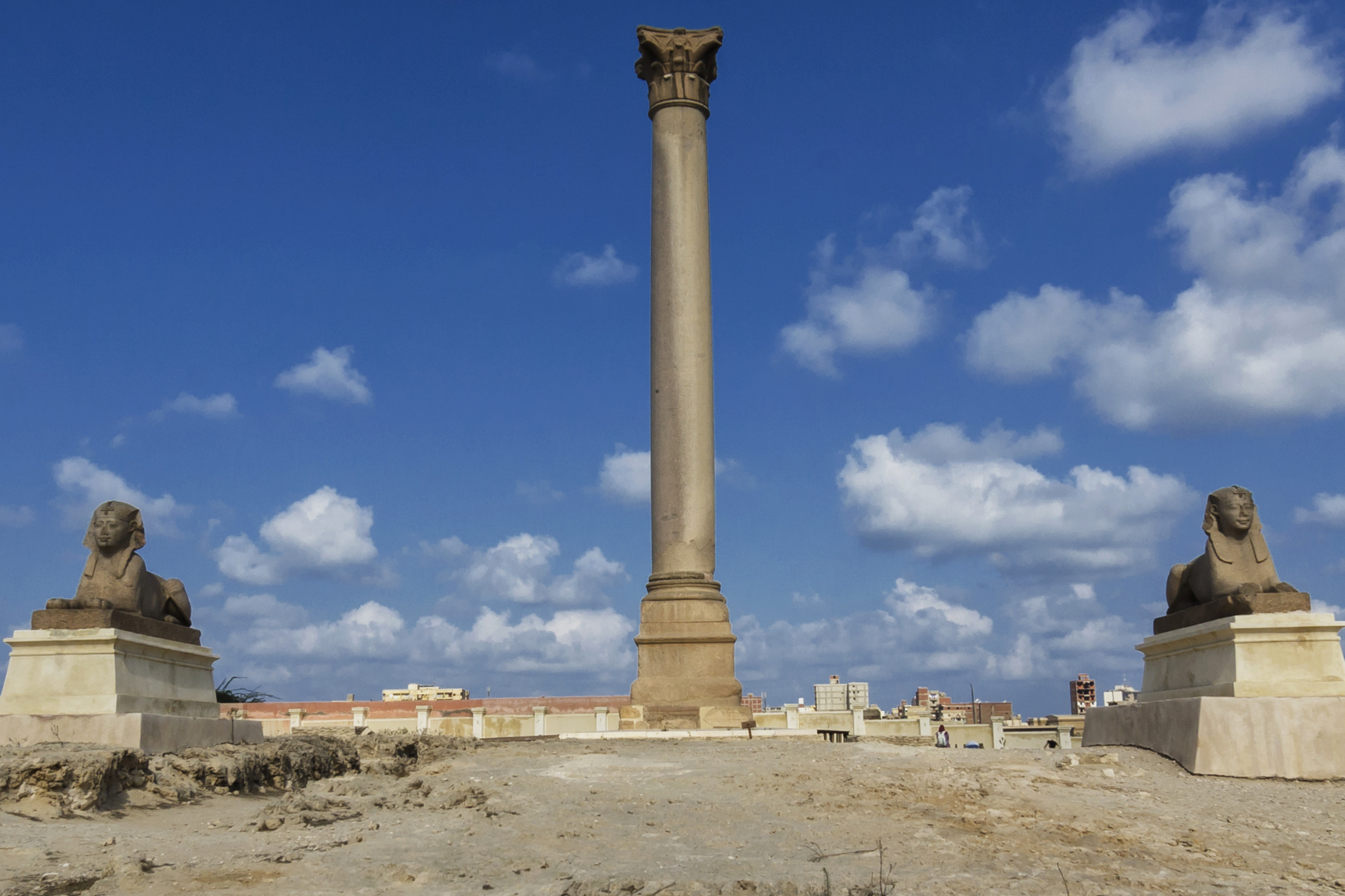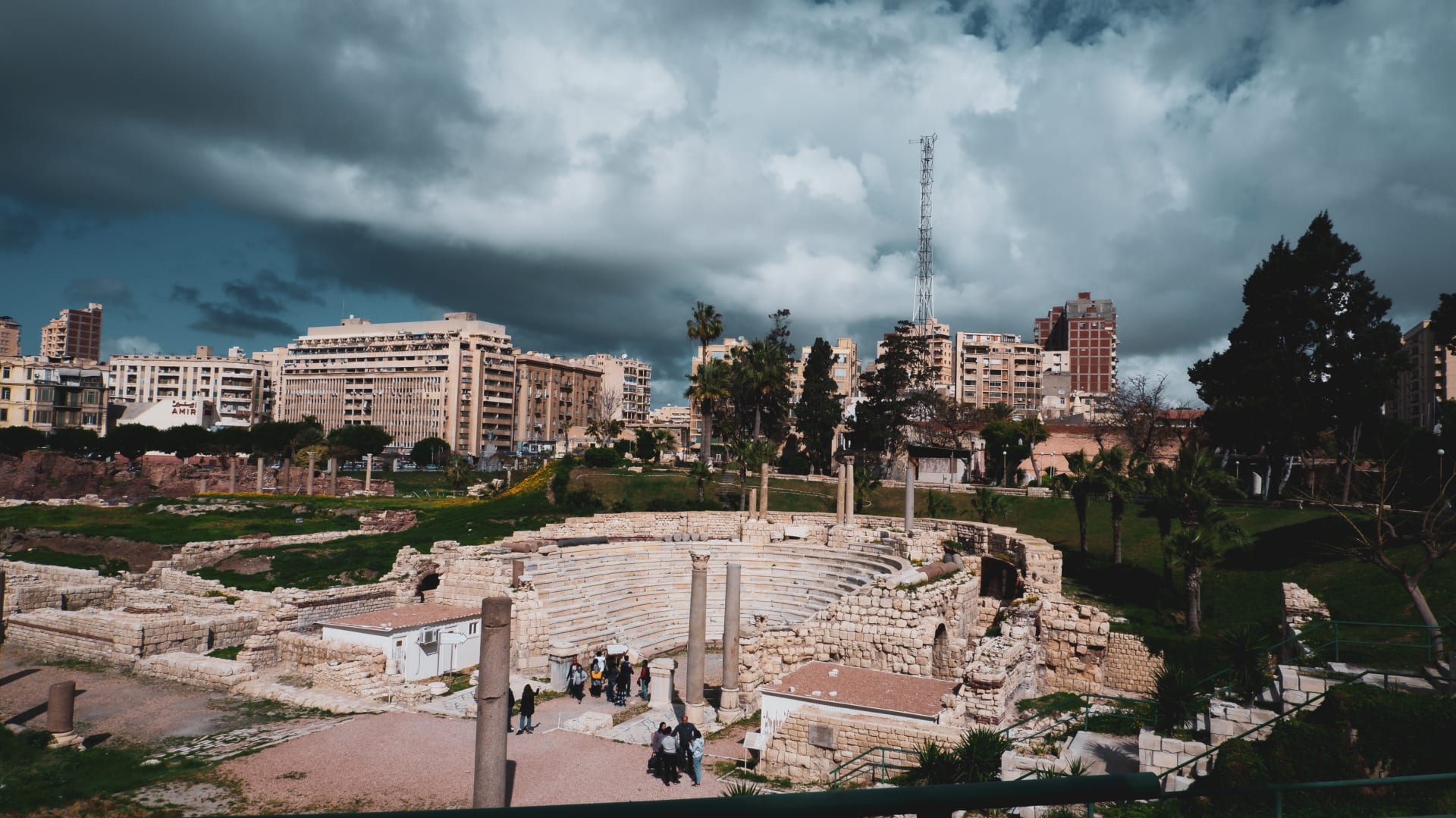The largest city in occupied historical Palestine in terms of area and population, and the most important religiously and economically. It is known by other names in the Arabic language, such as: Bait Al-Maqdis, Al-Quds Al-Sharif, the first of the two Qiblas, and in the Bible as Jerusalem, and Israel officially calls it: Jerusalem Al-Quds.
It contains the Al-Aqsa Mosque, the Church of the Holy Sepulcher and the Wailing Wall, and it is one of the holiest places in the three monotheistic religions.

